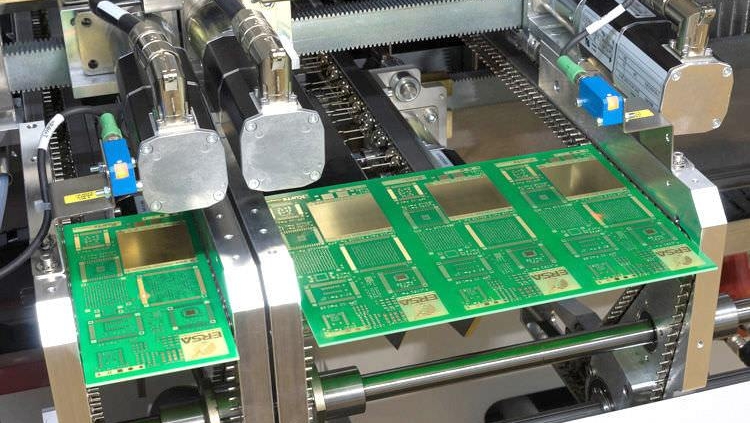Why do we need to use a combination of solder paste and red glue processes in SMT patches?
Surface Mount Technology (SMT) is an important technology in modern electronics manufacturing and is mainly used to mount electronic components on printed circuit boards (PCBs).
In SMT, the red glue process and the solder paste process are two commonly used soldering methods. Although their purpose is to fix electronic components on the PCB, these two processes have differences in materials, equipment, operating procedures and product applications. obvious difference.
The use of solder paste and red glue at the same time is also determined based on the soldering characteristics and fixing requirements of different components.
Overview of SMT solder paste and red glue process
1.Red glue process
The SMT red glue process uses the thermal curing properties of red glue. The red glue is filled between the two pads through a printer or dispensing machine, and then solidified and welded through patch and reflow soldering. Finally, when passing through wave soldering, you only need to pass the surface mount surface through the wave peak, and the soldering process can be completed without using a jig.
2.Solder paste process
The SMT solder paste process is a welding process in surface mount technology and is mainly used in the welding of electronic components. SMT solder paste is composed of metal tin powder, flux and adhesive, etc., which can provide good soldering performance and ensure reliable connection between electronic devices and printed circuit boards (PCB).
Application of red glue technology in SMT
1.save costs
A major advantage of using the SMT red glue process is that there is no need to make fixtures during wave soldering, thus reducing the cost of making fixtures. Therefore, some customers who place small batch orders usually require PCBA processing manufacturers to use red glue technology in order to save costs. However, as a relatively backward welding process, PCBA processing plants are usually reluctant to adopt the red glue process. This is because the red glue process needs to meet specific conditions before it can be used, and the welding quality is not as good as the solder paste welding process.
2.Components are larger in size and have wider spacing
When performing wave soldering, the side of the surface mount component is generally chosen to pass through the wave peak, while the side of the plug-in is above. If the size of surface-mounted components is too small and the spacing is too narrow, the solder paste will be connected when soldering over the wave peak, resulting in a short circuit. Therefore, when using the red glue process, it is necessary to ensure that the size of the components is large enough and the spacing should not be too small.
The difference between SMT solder paste and red glue process
1.Process perspective
When using the glue dispensing process, red glue will become the bottleneck of the entire SMT chip processing production line when the number of points is large; when using the glue printing process, AI is required first and then the chip is placed, and the position of the glue printing is The accuracy requirements are very high. In contrast, the solder paste process requires the use of oven racks.
2.quality perspective
Red glue is easy to lose parts for cylindrical or glass-encapsulated parts, and under the influence of storage conditions, red plastic boards are more susceptible to moisture, resulting in parts being dropped. In addition, compared with solder paste, red plastic boards have a higher defect rate after wave soldering. Typical problems include soldering leaks.
3.manufacturing cost
The oven rack in the solder paste process is a larger investment, and the solder on the solder joints is also more expensive than the solder paste. In contrast, glue is a unique expense in the red glue process. When choosing to use the red glue process or the solder paste process, the following principles are generally followed:
● When there are many SMT components and few plug-in components, many SMT patch processing manufacturers usually use the solder paste process, and the plug-in components use post-processing and welding;
● When there are many plug-in components and few SMD components, the red glue process is generally used, and the plug-in components are also post-processed and welded. No matter which process is used, the purpose is to increase production. However, in comparison, the solder paste process has a lower defect rate, but the output is also relatively low.
In the hybrid process of SMT and DIP, in order to avoid the double reflow situation of one side reflowing and wave soldering once, red glue is dotted on the waist of the chip component on the wave soldering surface of the PCB, so that tin can be applied in one step during wave soldering. , eliminating the solder paste printing process.



